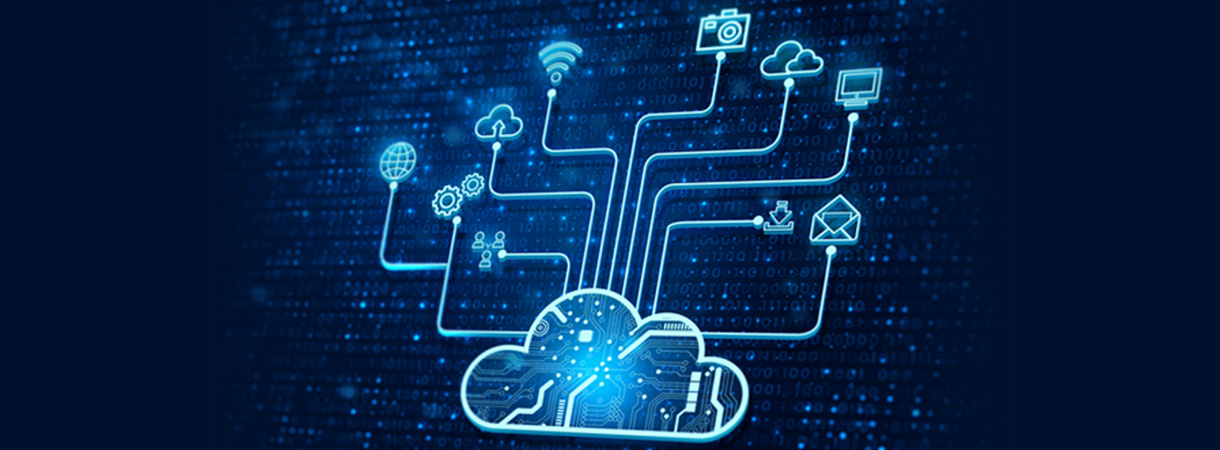The advantages & disadvantages of IoT devices in physical security
Today, more than ever, we rely on IoT devices. In a world more interconnected with devices, it is much easier to use IoT devices for every conceivable purpose. Not only are they limited to various industrial uses - but they have also already entered our homes and become a standard part of our lives. Themost commonly used IoT devices are likely to provide physical security and protection. These devices are often considered part of the cyber and physical IoT system and bridge the gap between cyberspace and physical space. In some cases, however, IoT security is a serious issue because cybercriminals can harm human life by taking down cybersecurity systems. Let's take a closer look at IoT security and physical security.
With the acceleration of COVID19 infections, the global workforce has undergone rapid and massive change. Tens of millions of employees moved almost overnight to work remotely, while others lost their jobs or lost their jobs when companies left. In addition to these serious problems, this situation will continue to affect all aspects of the functioning of companies, government agencies and other organizations - including cyber security.
Physical security of IoT equipment
IoT physical security devices include systems such as surveillance cameras, door locks, smart safes, fire alarm systems, access control systems, motion detection, heat sensors, people counting, water leakage, and similar devices commonly used to secure a site or prevent hazards. They represent a significant portion of today's 20 billion connected devices and will continue to be widely used, as the number of IoT devices is expected to reach 31 billion next year. It cannot be denied that these devices are necessary to ensure the physical safety of the people who use them. However, they have a fatal flaw: cybersecurity, which makes them vulnerable to hacking by criminals. For example, they don't have to create a way to get unattended through surveillance cameras - just turn off the system.
Easy Attack on Targets
Unfortunately, most connected devices have proven to be a quick target for attacks by cybercriminals. Security cameras are the most notorious tools for IoT physical security attacks, as even the most recent attacks can disable them and damage the entire security system. This is due to the lack of cybersecurity regulations and the market situation, which makes it easy to operate the equipment sale. Given the importance of the role played by these structures, it should be crucial to ensure that they do not enter the market unless their cyber security status is met. Unfortunately, this is not the case.
Secure IoT devices
One of the most important steps in ensuring all IoT facilities, not just physical security, is to comply with proper cyber security regulations and a uniform standard for cyber security. However, there are still several solutions that significantly benefit physicalsecurity devices, which can also be explored with more specific standards. For example, using a honeypot solution can help deceive attackers and distract them from the actual physical security systems of the devices they are trying to attack.
In addition, it is also useful to consider real-time security alert and activation conditions when addressing cyber security threats to ensure the physical security of IoT equipment.
In today's IoT-based and data-based environment, ensuring that the team can focus on creating the value that investors are looking for in this way, by investing in security knowledge and appropriate security, technology, and culture systems to avoid security breaches. IP. take risks and take time for change.
How the physical security market should approach secure IoT
Measuring ROI (return on investment) for physical and access security until disruption occurs is like looking for a needle in a haystack. The best way to create such a safety plan is to calculate the cost of exposure. However, measuring how easily today's HID systems can be hacked is not a big question. PricewaterhouseCoopers (PwC) advises companies to determine their most valuable set of information, where it is at all times and who has access to it. From there, the physical security sector must liaise with IT security departments to find a balance between protecting these assets and developing new, technologically enhanced intelligent services.
Cloud computing has been around for a long time, starting with the official public internet in the 1990s. However, his nature changed and improved rapidly and dramatically. Today, the cloud has become the backbone of many evolving security applications, including mobile credentials including Near Field and Bluetooth, and the Internet of Things (loT) is ready to go in physical security.
To justify the cost of security upgrades and services, it is often necessary to evaluate the risks of your business. The physical security industry has always feared intrusions due to the nature of the data being transmitted and adherence to protocols that have tightened products and reduced their vulnerability on the network. However, there are now cyber security processes and protocols that the end-user client requires. They do not want to risk placing anything on their network without protection. Even though these protections have proven to be strong, there are still concerns about physical security with IoT support. Fear will disappear over time with technological advances.
Future of security
In the future, what connects to the network may look very different. The significant reduction in the number of laptop and smartphone connections already shows how far workers are and emphasizes the need for VPNs and virtual desktops that also allow secure access. It also forces a rapid acceleration of cloud deployment as organizations look for other ways to ensure secure access to information and systems. At the same time, the long-term transition to a more flexible staffing model will require security that adapts to campus, branch, and remote scenarios. Companies need to find new ways to use services such as VoIP to employees in a secure and managed way without passing on the burden of critical updates to individuals.

